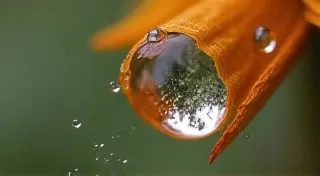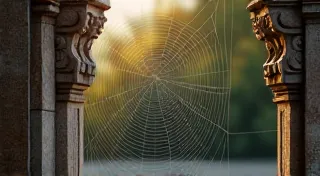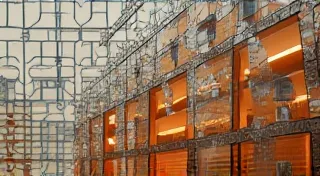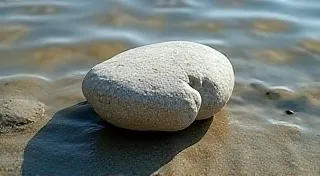A Gardener's Almanac: Charting Juniper Care Cycles
The scent of cedar and aged leather fills my workshop. It's a familiar comfort, a grounding fragrance that intertwines with the memory of my grandfather's hands, calloused and sure, coaxing music from an antique accordion. He’s gone now, but the accordion remains – a testament to enduring craftsmanship and the slow, deliberate process of artistry. It’s a parallel, I think, to cultivating bonsai, particularly the steadfast, characterful Juniper. Both demand patience, keen observation, and a willingness to learn from mistakes. This isn’t a quick guide; it's a chronicle, a gardener's almanac of sorts, detailing the cycles of care for my Juniper bonsai – a testament to the commitment required to nurture these living sculptures.
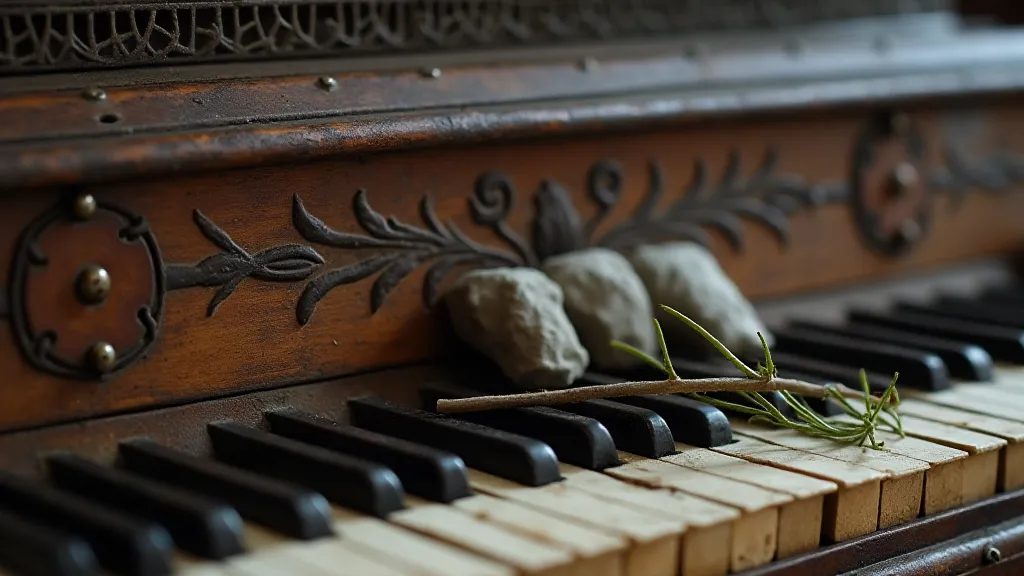
The Winter's Slumber and Early Spring Awakening
Winter is a time of quiet introspection for the Juniper bonsai, much like it is for me, reflecting on the year's efforts. The slowing of life's processes demands a different approach. While some deciduous bonsai might require a period of deep dormancy, Junipers, while hardy, need careful protection from harsh winter conditions. Sudden temperature fluctuations, particularly thawing and refreezing, are detrimental. The ideal spot is a sheltered, unheated space – a cold frame is excellent, or a protected corner of a garage. Avoid direct sunlight during the coldest months; while Junipers enjoy the sun, intense winter light can scorch them. A layer of mulch, such as pine needles or straw, around the base helps insulate the roots.
Come spring, the awakening is gradual. Resist the urge to immediately flood them with fertilizer. The soil is likely still cool, and a sudden influx of nutrients can lead to weak, leggy growth. Instead, focus on gently increasing light exposure. Check for signs of dehydration – the needles should be vibrant green, not brittle and brown. The first pruning of the year can begin – the removal of any winter damage and the shaping of new growth.
Juniper Bonsai Pruning: A Conversation with the Tree
Pruning a Juniper bonsai isn’t about forcing a form; it's about guiding its natural tendencies. It’s a conversation, a negotiation. Each cut reveals the inner structure, the inherent potential. Unlike some species, Junipers don’t readily back-bud when pruned hard, meaning strategic cuts are crucial. Pinching new growth (ramification) during the growing season encourages dense foliage and finer branch development. The “candle pruning” technique, where the elongating new shoots are shortened, is vital for controlling size and maintaining a refined appearance. The best time for this intensive pruning is typically late spring or early summer, after the initial burst of growth.
My grandfather used to say that the best accordion players listen to the instrument – they don’t try to force it. It’s the same with bonsai. Observe how the Juniper responds to your interventions. A branch that consistently grows away from the desired direction might require a more drastic cut or even wiring. Every Juniper is an individual; what works for one might not work for another. There's a beauty in acknowledging and adapting to that individuality.
Juniper Bonsai Wiring Techniques: A Gentle Embrace
Wiring is an art form in itself, a delicate dance between constraint and freedom. It's about subtly manipulating the branches to achieve the desired form, without damaging the living tissue. Aluminum wire is generally preferred for Junipers, as it’s softer and less likely to bite into the bark. The thickness of the wire should be appropriate for the thickness of the branch – too thin, and it won’t hold the shape; too thick, and it can cause unsightly scars. The process requires patience and a gentle touch. Wrap the wire at a 45-degree angle, avoiding sharp bends. Regularly check the wire to ensure it's not digging into the bark. Remove the wire before it becomes too tight – leaving it on too long can girdle the branch, restricting its growth.
The beauty of an old accordion lies not just in the music it produces, but in the marks of its history - the worn keys, the faded bellows – a record of countless performances. Wiring a Juniper bonsai leaves a similar imprint, a testament to the shaping process, a visual chronicle of its journey.
Repotting and Soil: Rooting the Cycle
Juniper bonsai thrive in well-draining soil – a mix of akadama, pumice, and lava rock is ideal. Repotting is essential for maintaining root health and providing fresh nutrients. The frequency depends on the age and vigour of the tree; younger, faster-growing Junipers may need repotting every two years, while older, more established specimens can go three to five years between repottings. The best time to repot is in early spring, before the tree enters its active growing phase. When repotting, gently tease apart the roots, removing any circling roots. Avoid cutting off too many roots, as this can weaken the tree. A root pruning of about one-third is usually sufficient. Water thoroughly after repotting, and keep the tree sheltered from direct sunlight and wind for a few weeks.
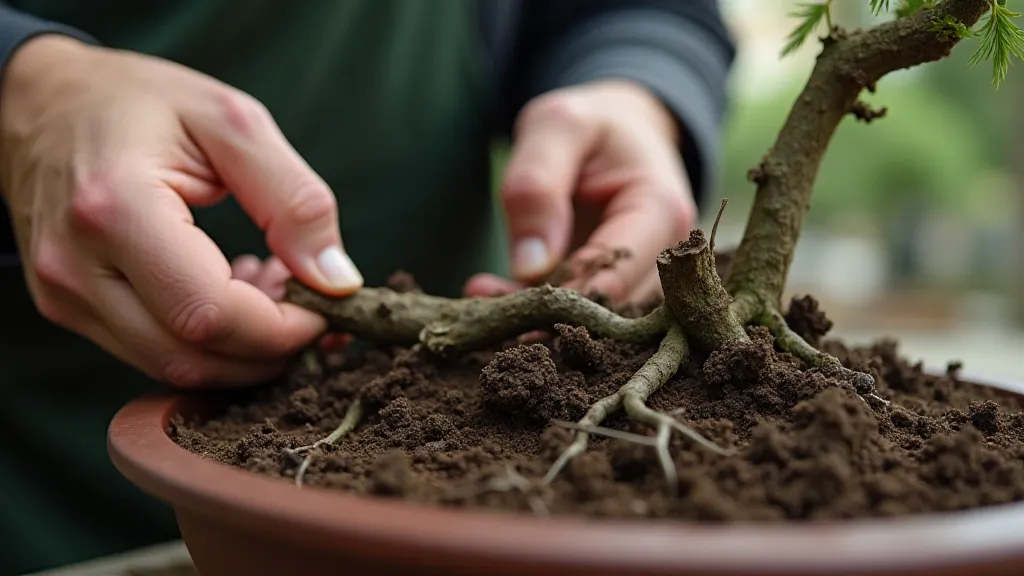
Common Problems and Solutions: A Gardener's Vigil
Like any living thing, Junipers can be susceptible to various problems. Red spider mites are a common pest, particularly in dry conditions. They appear as tiny red dots on the needles and can cause significant damage. Regularly inspecting the tree and treating infestations with horticultural oil or insecticidal soap is essential. Root rot can occur in poorly drained soil. Ensuring proper drainage and avoiding overwatering are crucial preventative measures. Fungal diseases can also be a problem, especially in humid climates. Good air circulation and preventative fungicide applications can help control these diseases. Identifying and addressing these problems promptly is crucial for maintaining the health and longevity of your Juniper bonsai.
Winter Protection for Juniper Bonsai: Safeguarding the Legacy
Revisiting the winter months, it’s important to remember that even hardy Junipers need protection. Severe frosts and rapid temperature fluctuations can damage the fine needles and compromise the tree’s overall health. A cold frame, a sheltered porch, or even burying the pot in the ground can provide adequate protection. Mulching the base of the tree helps insulate the roots. And remember to monitor the tree regularly throughout the winter, adjusting the protection as needed.
My grandfather's accordion sits in my workshop, a constant reminder of the dedication and perseverance required to master a craft. Cultivating a Juniper bonsai is similar – it’s a long-term commitment, a journey of learning and discovery. But the rewards are immeasurable – the satisfaction of nurturing a living work of art, a testament to the enduring beauty of nature.
